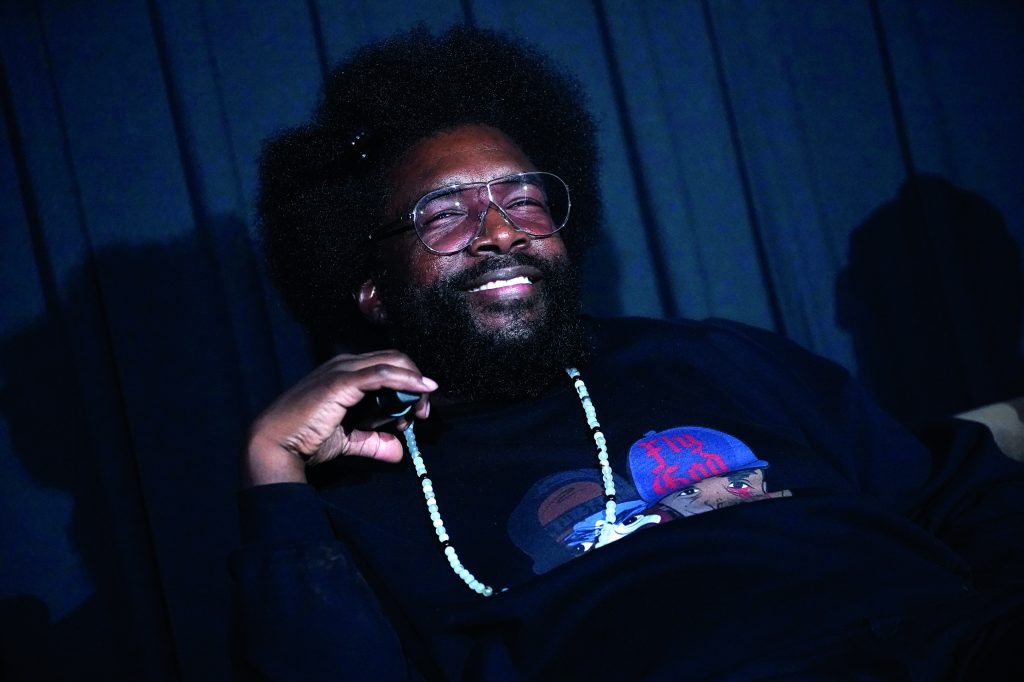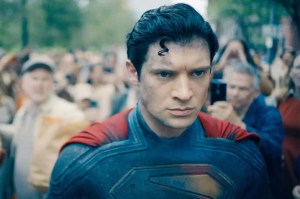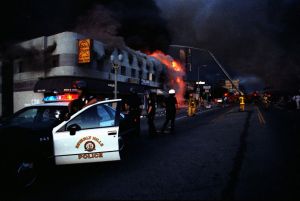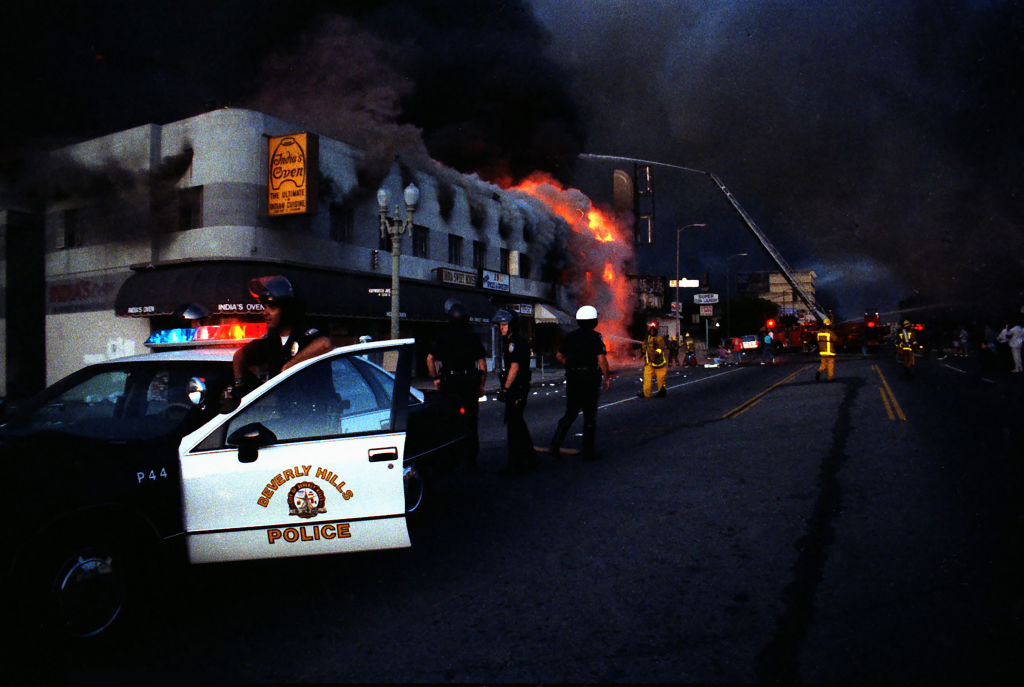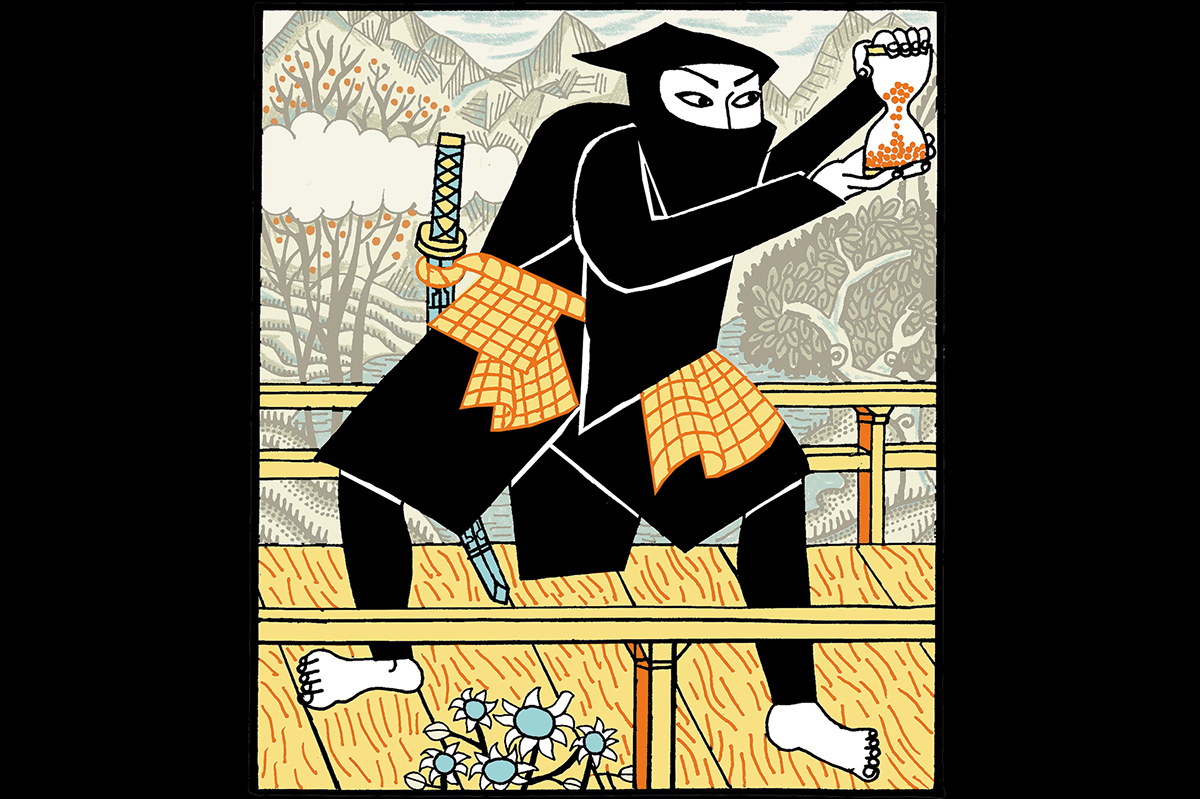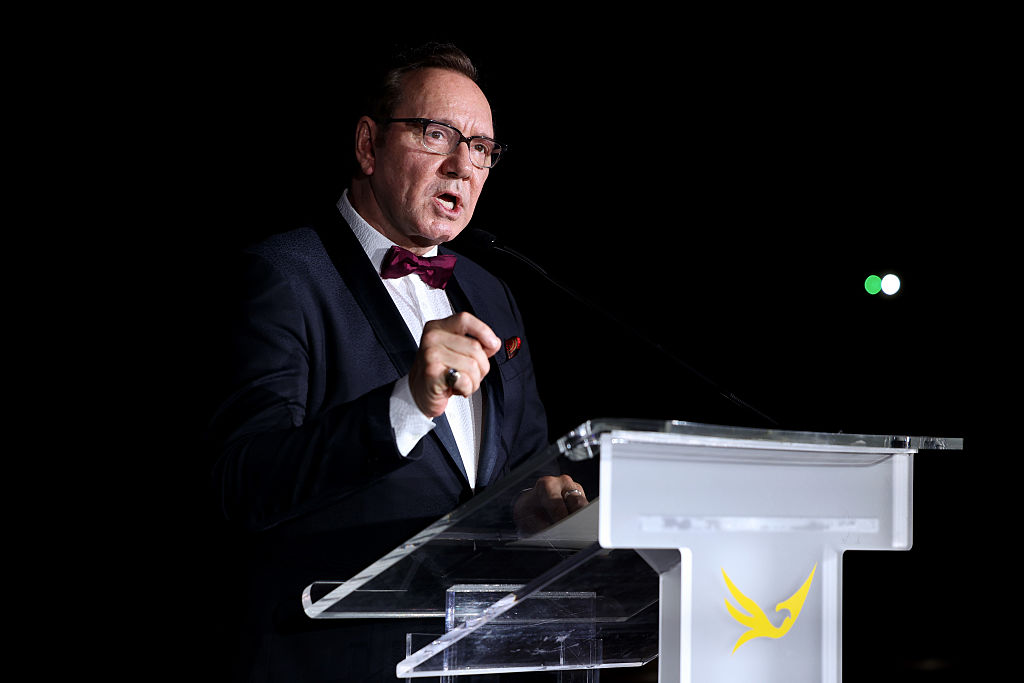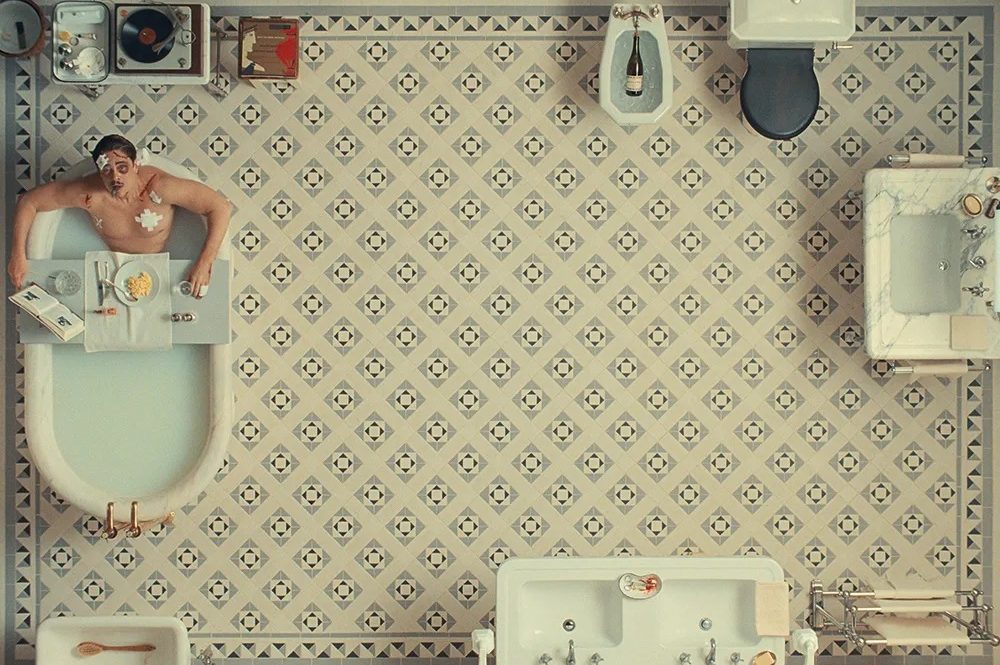In 1969 Robert Redford purchased 5,000 acres of land in the mountains of Utah and built a ski resort. In 1981 he founded the nonprofit Sundance Institute to cultivate new voices in American independent film through annual directing and screenwriting labs (alumni include Quentin Tarantino and Paul Thomas Anderson) and to provide financial support for select projects. In 1985 Redford took over the US Film Festival, based in nearby Park City, and brought it under the Sundance umbrella. In 1989, the festival had its breakthrough with Sex, Lies, and Videotape.
Sundance became a film-industry fixture for talent scouts, acquisitions executives and journalists, particularly those inclined to go skiing in their downtime. I first attended the festival in 1995, when it was still a small, scrappy affair that had its fair share of gems, but consisted mostly of minor or mediocre films. In 2001, I served on the jury for the narrative film competition awards, by which point the festival was much larger in scale. By then Hollywood was there in force, with the studios’ quasi-independent subsidiary labels going head-to-head with Miramax and the other indie distributors — and coopting the festival as a high-profile launching pad for its own pseudo-independent films.
By 2007 I’d had enough. Over 12 years, I’d watched the festival’s over-expansion and the dismaying real estate over-development of a quaint little resort town that now was forced to play host to an over crowded and expensive feeding frenzy where college students and wannabes came to party and make the scene. You’d exit a screening overhearing know-nothing kids declaring it was the best film they’d ever seen. What’s more, at times it felt as if the festival’s brand had become as much a priority as promoting artistic endeavor — although to be sure, good and even great films continue to trickle out of the festival to this day.
The festival has always moved with the times: it now has a New Frontier Projects section dedicated to virtual reality work. And the imperatives of identity politics, never far from the festival’s mind, have steadily advanced, with the explicit agenda of increasing the inclusion of women and people of color in the ranks of filmmakers. (To Sundance’s credit there even used to be a small, mostly ignored section dedicated to Native American films, and if there was a paucity of indigenous filmmakers, by God, the festival would invent them.) There’s merit in this — the festival had for some time been a hot bed of middling if not entirely worthless efforts by legions of talentless, now-forgotten white-bread SWMs and would-be Tarantinos.
Due to the pandemic, this year’s virtual festival was an unprecedentedly global event. Across the US, 28 satellite venues hosted the festival, while anyone anywhere in the world with high-speed cable could buy a pass. A total of 103 international features and documentaries streamed over the course of seven days, 39 by first-timers. In terms of its all-important diversity goal, Sundance outdid itself: 72 films were directed by women, people of color, and/or LGBTQ+ identifying directors. Even allowing for overlap between categories, the patriarchal boys club was decisively routed once again. Take that, Hollywood!
As if to underline this, Redford’s pre-recorded welcome speech was cut off before he’d finished speaking. Also, even though the festival was taking place in the audience’s living rooms, every screening began with a Land Acknowledgement: ‘We would like to acknowledge the ancestral keepers of the land we are gathered on today, the Ute Tribal Nation. We thank them for allowing us to be here.’ This practice has been adopted by a number of North American festivals. I imagine the Ute Tribal Nation would happily forgo such an acknowledgement in exchange for profit participation. And Zoom film introductions by the Sundance programmers ran the gamut from ‘Thank you for sharing this story with us’ to ‘Please enjoy Violation.’
Demographic engineering hardly guarantees improved quality, but this year’s selection was a superior one. Of the 33 films I managed during my week-long viewing marathon only nine were duds, and most of those had redeeming qualities. The nadir prize is shared by prolific Japanese not-so-bad-boy Sion Sono’s Prisoners of the Ghostland, in which Nicolas Cage fails to deliver that je ne sais quoi of which only he is capable; and, in a throwback to the bygone days of SWM mediocrity, Jerrod Carmichael’s tiresome, twenty-something ebony-and-ivory buddy comedy On the Count of Three, which unaccountably won the Waldo Salt screenwriting award. Salt, the scriptwriter of Midnight Cowboy and Serpico, must be turning in his grave.
The undisputed hit of the festival was Siân Heder’s Dramatic Competition entry, CODA, whose title is an acronym for Children of Deaf Adults. I rolled my eyes at the catalog entry, but the ecstatic online chatter about the film convinced me to give it a try. A remake of the 2014 French film La famille Bélier, it has a completely standard-issue storyline. A teenage girl dreams of escaping her small coastal town to attend the Berklee College of Music but is held back by family ties. Her father and brother operate a fishing vessel and, because they happen to be deaf, rely on her to interpret sign language as they struggle to save their business.
Avoiding the pitfall of sentimentality, and refraining from making disability neither an issue nor a problem nor, least of all, a gimmick, Heder delivers a film with incredible heart, in no small part thanks to winning performances by her deaf cast (Marlee Matlin, Daniel Durant, and the amazing Troy Kotsur as the paterfamilias). It’s a testament to everyone involved that the film isn’t a rhetorical exercise about the responsibility of representing the deaf experience, but simply gets on with telling the story. Apple acquired the film for a Sundance record-breaking $25 million and the film won four of the six US Dramatic Competition awards.
The second of three Sundance highlights deals with the events leading up to the death of Black Panther chairman Fred Hampton in 1969 at the hands of Chicago’s finest and/or the FBI. Gripping but unsensational, Judas and the Black Messiah is, as the title suggests, the true story of a petty thief coerced by the feds to infiltrate the Black Panthers as an informant, and eventually facilitate the fatal raid on Hampton’s apartment. Lakeith Stanfield is compelling as the increasingly conflicted rat, while Daniel Kaluuya (Get Out) ably conveys Hampton’s charisma and intelligence. In his second feature, director and co-writer Shaka King handles the action with flair and conviction, and while the film will doubtless be catnip for those of the woke persuasion, King doesn’t overly glorify Hampton and doesn’t feel the need to deliver a sermon or a political diatribe, allowing the events to speak for themselves. He has a bright future ahead of him.
Other competition entries demonstrated Sundance’s penchant for show casing work that tackles the tricky or unlikely — independent filmmaking’s coin of the realm. Jumping with both feet into the identity-politics crucible, actress Rebecca Hall’s Passing takes on the touchy subject of being black in the 1920s while pretending to be white. Calamity beckons as a vivacious, light-complexioned black woman (Ruth Negga of TV’s Preacher) married to a wealthy, racist white man (Alexander Skarsgård) lives a double life, insinuating herself into the bourgeois Harlem social circle of her similarly light-skinned childhood friend (Westworld’s Tessa Thompson). Hall is sensitive to her characters’ ambivalent feelings and unstated tensions, but despite solid performances, her approach is a little too solemn and airless — and it’s hard to believe Skarsgård’s character wouldn’t be wondering what his wife’s getting up to every night.
On the more unlikely side, a film about a professional jockey reaching the end of the line on the American racing circuit would never get green-lit in Hollywood. In fact, first-time director and co-writer Clint Bentley’s confidently handled if self-evidently titled Jockey is the kind of absorbing small-scale character study the studios no longer know how to make. It’s a little reminiscent of Nicholas Ray’s Robert Mitchum rodeo drama The Lusty Men (1952), but no matter. Clifton Collins Jr’s lived-in, deeply felt central performance deservedly scored a Special Jury award and the film’s immersive, richly textured depiction of the second-tier racing milieu presents a world you’ve likely never seen before, at least not since Mickey Rooney’s last ride in The Black Stallion.
Sundance’s commitment to non fiction film making continued to be one of its great strengths. Nanfu Wang’s grim, up-close COVID exposé In the Same Breath goes behind the scenes in China to contrast the conditions on the frontline with the government’s rose-tinted cover up. It remains to be seen if and how China will retaliate against the film’s distributor, AT&T-owned HBO. Less controversially, Marilyn Agrelo’s Street Gang: How We Got to Sesame Street is a delightful and touching origin story about the making and evolution of the enduring children’s show. In the requisite music documentary slot, Edgar Wright’s The Sparks Brothers is an engaging if overinflated look at the colorful 50-year career of the cult pop duo behind the 1974 hit ‘This Town Ain’t Big Enough for Both of Us’. And Rebel Hearts, by Pedro Kos, recounts the fascinating history of Los Angeles’s Sisters of the Immaculate Heart, a progressive-minded order of nuns who defied the hardline Catholic Archdiocese in the 1960s.
And last, but certainly not least, there was DJ and musician Ahmir ‘Questlove’ Thompson’s Grand Prize-winning time-capsule concert film Summer of Soul (…Or, When the Revolution Could Not Be Televised), a film I can’t praise highly enough. Long-forgotten archival video forms the basis of this record of the Harlem Cultural Festival, a six-day, free-admission, open-air event held in a park in the summer of 1969 and inevitably dubbed the Black Woodstock.
The performances by B.B. King, Stevie Wonder, the 5th Dimension, the Staples Sisters, Mahalia Jackson, Nina Simone and Sly & the Family Stone, to name just a few, are wondrous and the camera work and sound are top notch. Questlove intersperses these performances with participant interviews, an onstage appearance by Mayor John Lindsay, the announcement of the Apollo 11 moon landing, and news and documentary footage that contextualizes the event in the racial and social ferment of the late 1960s which gave impetus to what one speaker calls ‘the wholesale reevaluation of our history and our culture’. Suffice to say, Summer of Soul’s performers and audience are much more presentable than their Woodstock counterparts.
This article was originally published in The Spectator’s April 2021 US edition.



